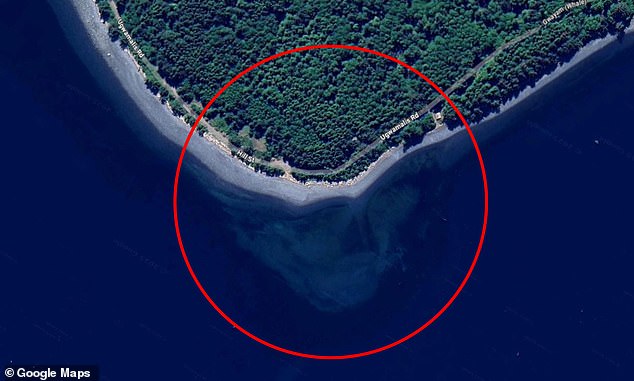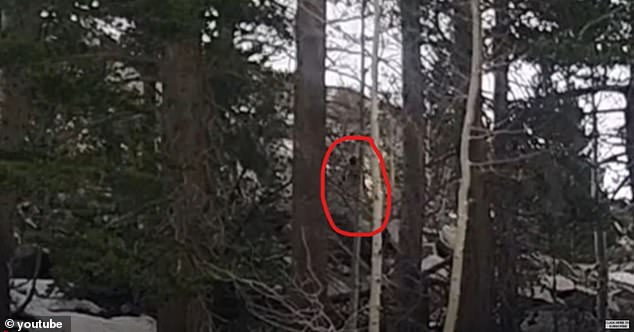
Mystery Skull Spotted on Canadian Island Coast Sparks Alien-Created Landmark Theory
Mysterious "Skull" Spotted Off Canadian Coast Sparks Alien Theories – But Science Says Otherwise
[Image: Google Earth screenshot showing the skull-like sandbar near Cormorant Island.]
Google Maps enthusiasts have uncovered countless oddities over the years, from “UFOs” in the Sahara to Arctic “doorways.” The latest discovery, however, might be the most eerie: a massive, skull-shaped formation lurking in the waters near Cormorant Island, Canada.
The eerie sight appears when viewing the northern coast of the island via Google Maps, though users must rotate the map 180 degrees to see the “face.” The submerged sandbar resembles a human skull, complete with hollow “eye sockets” and a rounded cranium. Social media erupted with speculation, with some users jokingly referencing The X-Files and others claiming extraterrestrial origins.
Alien Artifact or Natural Illusion?
UFO researcher Scott Waring insists the 100-meter-wide structure is no accident: “Ancient aliens created this skull as a sign they were here first.” However, scientists urge caution. Philip Mantle, another UFO expert, counters, “It’s likely a natural formation—like seeing faces in clouds.”
[Image: Aerial view of Cormorant Island’s coastline.]
The Science of “Seeing” Faces
This phenomenon, called pareidolia, explains why humans perceive familiar shapes in random patterns. Dr. Robin Kramer, a perception expert, notes our brains evolved to prioritize detecting faces—even falsely—for survival. “Missing a potential threat could be deadly, so we err on the side of seeing faces everywhere,” he explains.
Evolutionary psychologist Kevin Brooks adds, “Early humans needed to quickly identify friend or foe. Modern brains still default to interpreting ambiguous shapes as meaningful.” Studies show paranormal believers are more prone to pareidolia. A 2012 Finnish study found religious individuals more frequently “saw” faces in abstract images.
[Image: Examples of pareidolia, like the “Man in the Moon” or a smiling electrical outlet.]
Why Do We Believe?
While most recognize these illusions as tricks of the mind, Dr. Susan Wardle notes that strong paranormal beliefs can blur reality. “Issues arise when people assign false meaning to random patterns,” she says. The “Mars face,” famously photographed in 1976 and later debunked as shifting dunes, exemplifies how even scientists initially fall for pareidolia.
Skull Formation: Solved?
Cormorant Island’s “skull” is likely a blend of sandbanks, tides, and human imagination. Though Waring insists, “The details are too precise to be natural,” geologists argue such formations are common. As Mantle summarizes: “Nature’s artistry often mirrors life—but that doesn’t mean aliens did it.”
[Image: Side-by-side comparison of the sandbar and a human skull.]
In the end, the Canadian skull mystery highlights humanity’s timeless urge to find meaning in the unknown—even if it’s just a quirk of how our brains are wired.


